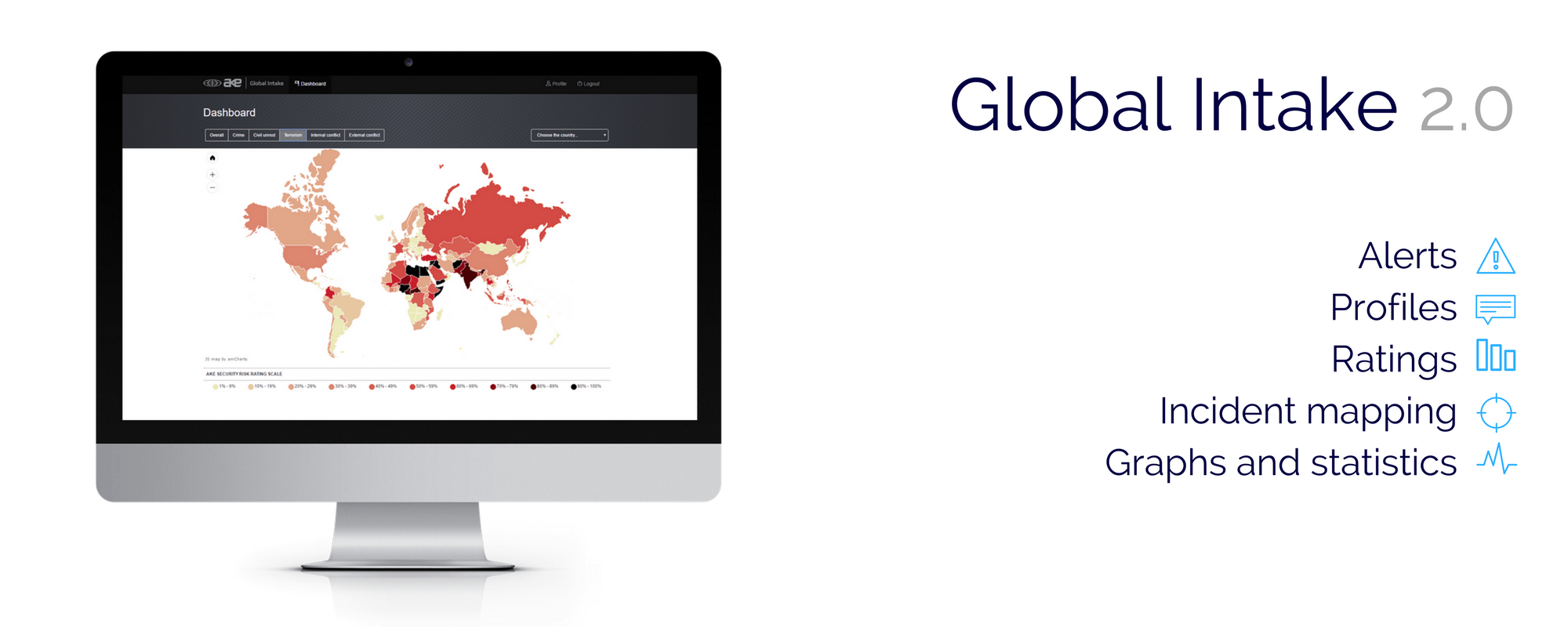Date first published: 06/07/2023
Key sectors: mining
Key risks: economic
Risk development
Saudi Arabia – the world’s largest oil exporter – has been ramping up efforts to develop its non-oil sector. The recent stagnation of oil prices and the projected long-term decline of global oil demand are pushing the Saudi kingdom to accelerate the diversification of its economy. In Q2 2023 oil-related year-on-year growth fell by 2.7 per cent because of successive oil production cuts as the government attempted to raise oil prices. However, this was partially offset by a 4.6 per cent increase in non-oil growth, indicating that diversification policies are now starting to bear fruit. Riyadh has identified the mining sector as one of the key industries to expand as part of these policies.
Why it matters
Riyadh boasts significant proven reserves of gold, silver, phosphate, aluminium and base metals – which are mined largely under the banner of state-owned Saudi Arabian Mining Company (Ma’aden). Saudi mineral resources remain largely underexploited and estimates suggest that the country has US$1.3tn worth of mineral reserves. Furthermore, Ma’aden is set to launch the largest exploration programme in the world, in a joint venture with US minerals exploration company Ivanhoe Electric to map out the extent of the country minerals reserves.
While the development of the mining sector has been state-driven, Saudi authorities expect the future of mining operations to be led by the private-sector. To do so, Riyadh plans to revise the country’s regulatory framework to facilitate market access to foreign investors by implementing financial incentives and streamlining the licensing process.
In addition, Riyadh is positioning itself to become an important global actor in renewable energy, including by developing its production capacities in ‘green steel’ – steel manufactured with lower carbon emissions – and using locally-mined minerals for the production of electric cars in the country.
Background
Saudi Arabia is pursuing much publicised efforts to diversify its economy and reduce its reliance on oil exports. In 2016 under Crown Prince Mohammed bin Salman (MBS), Riyadh began implementing the strategic ‘Saudi Vision 2030’, a wide-ranging strategic framework meant to develop new avenues of economic growth and attract foreign investment.
In 2022 Ma’aden posted US$3.2bln in revenue – an 87 per cent jump from 2021 – and hopes to grow its earnings tenfold by 2040. In January 2023 former Ma’aden CEO and Vice Minister for Mining Affairs Khalid Al-Mudaifer presented the mining sector as “as a potential third pillar of industrial growth” after hydrocarbons and petrochemicals.
In 2020 a new mining law came into force aiming to deregulate the mining industry and ease access to the sector for new private operators – moving away from a quasi-state monopoly model – in a bid to attract foreign investors, as well as to provide tax-related incentives and financing opportunities such as public subsidies. To do so, Riyadh established the National Incentives Committee (NIC) with a mandate to evaluate investment projects and provide financial and non-financial incentives to private sectors actors.
Risk outlook
Saudi authorities are betting on the high potential of the underexploited mining sector, favourable investment conditions and the kingdom’s advantageous location at the centre of maritime trade routes between Europe, Africa and Asia to attract foreign investors. The country’s vast mining potential remains overshadowed by its large hydrocarbon resources and recently presented colossal construction projects. However, with the active support of the government the mining sector is likely to become a key contributor of economic growth in Saudi Arabia in the coming years.



